Stable L1: Tether’s USDT-Native Blockchain Reshapes Fee Structures and Unlocks Global Utility
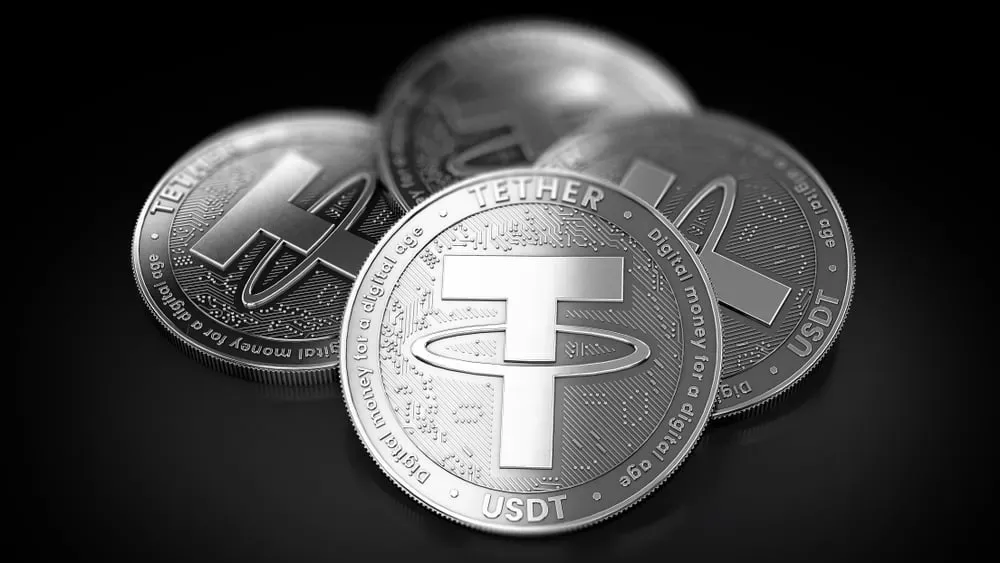
Tether, in partnership with Bitfinex, has launched Stable L1, a new Layer-1 blockchain that uses USDT as the native currency for transaction fees. Introduced in early June 2025, Stable L1 is designed to remove long-standing barriers in crypto adoption by offering a USDT-native fee model, zero-fee peer-to-peer transfers, and a developer-oriented software development kit (SDK), currently in its internal testnet phase.
With an emphasis on cost predictability, accessibility, and developer empowerment, Stable L1 aims to redefine stablecoin utility and establish a new standard for decentralized financial infrastructure.
Rethinking Blockchain Fees: The Problem with Volatile Gas Tokens
Most blockchains rely on volatile native tokens like ETH, BNB, or TRX for gas fees. This creates significant challenges, especially for institutions. When token prices rise, transaction fees increase. When prices fall, users still need to acquire and manage these tokens just to interact with the network. This adds operational complexity, financial risk, and friction for users.
High and unpredictable gas fees remain a major barrier to adoption, particularly in emerging markets. For example, recent USDT transfers on Ethereum and Tron exceeded $9 per transaction, straining both retail and enterprise use cases.
Stable L1 addresses these issues by using USDT for gas fees. This dollar-pegged model offers predictability and eliminates the volatility associated with traditional gas tokens, providing a more stable and user-friendly experience.
USDT as Gas: A Game-Changer for Institutions
At the core of Stable L1 is its USDT-native gas system, which provides significant benefits for institutional users.
Financial predictability allows businesses to budget accurately without dealing with token price volatility. By relying on a single stablecoin, organizations can avoid the complications of managing multiple volatile assets. And with USDT already facilitating over $100 billion in daily settlements, Stable L1 is positioned to support high-volume, enterprise-grade operations.
This model aligns with the growing demand for stablecoin-based infrastructure across decentralized finance, payments, and global commerce.
Zero-Fee P2P Transfers: Unlocking Inclusion and Everyday Use
One of Stable L1’s most impactful features is its zero-fee peer-to-peer transfer system. Users can send USDT without any transaction costs, offering a stark contrast to traditional, fee-heavy networks.
This approach is especially powerful in emerging markets, where even small fees can be a barrier to entry. In regions with limited access to traditional banking—such as parts of Africa, Latin America, and Southeast Asia—Stable L1 provides a viable alternative for remittances, mobile payments, and day-to-day financial transactions.
With gasless wallet technology and an experience that mirrors familiar platforms like Venmo or PayPal, Stable L1 is easy to use and integrates fiat on-ramps for seamless currency conversion. Rather than a marketing tactic, the zero-fee model serves as a strategic enabler of global adoption, particularly among unbanked and underbanked communities.
Empowering Developers: SDK and Testnet Drive Innovation
Stable L1 also places a strong focus on developer engagement. Its SDK, launched alongside the internal testnet in June 2025, provides tools for building wallets, applications, and smart contracts entirely on stablecoin infrastructure.
Key features include gasless wallet development, fiat on-ramp integration, and cross-chain USDT transfers via USDT0, a dedicated interoperability token. The SDK is designed to be accessible to a broad range of developers, from fintech startups to enterprise tech teams.
The internal testnet enables early experimentation and stress-testing. Participants have reported low latency and high throughput, with applications ranging from remittance platforms to decentralized financial services. By minimizing friction and supporting interoperability, Stable L1 is paving the way for a robust ecosystem of USDT-native applications.
The Bigger Picture: Stablecoins at a Turning Point
The launch of Stable L1 comes at a critical time. As stablecoins continue to gain traction, USDT remains the dominant player, with a daily transaction volume that now surpasses Visa. Despite this growth, the infrastructure supporting stablecoins has struggled with high fees, fragmentation, and technical limitations.
Stable L1 tackles these challenges head-on, offering a blockchain tailored for stablecoin utility. Its architecture is built to support real-world use cases, from enterprise finance to P2P transactions.
Public response has been enthusiastic. Users on platforms like X (formerly Twitter) have called the launch a “power move” for stablecoin adoption. There’s growing speculation that Stable L1 could also support other tokenized assets, such as tokenized Bitcoin, suggesting a broader vision beyond USDT.
Challenges on the Road to Mainnet
Despite its potential, Stable L1 faces several key challenges.
Delivering enterprise-grade performance will require thorough testing and a secure, scalable architecture. Regulatory scrutiny remains a factor, especially given Tether’s legal history, including a 2021 settlement with the CFTC over reserve transparency. The competitive landscape is also intense, with established networks like Ethereum and Solana, and new entrants like Aptos, all vying for market share.
Stable L1’s success will depend on its ability to stand out and deliver on its promises.
The Road Ahead: Toward Mainnet and Mass Adoption
Currently in testnet, Stable L1 is actively collaborating with developers and early adopters to refine the platform. The upcoming mainnet launch will be a crucial moment in determining the project’s readiness for large-scale deployment.
If successful, Stable L1 could emerge as the default infrastructure for USDT-based transactions, moving stablecoins further into the global financial mainstream. With Tether’s liquidity and Bitfinex’s technical capabilities, the platform has a strong foundation to lead a new wave of accessible, cost-efficient blockchain applications.
Conclusion
Stable L1 is more than a new blockchain—it represents a reimagining of how stablecoins can operate. By making USDT the core of its fee model, eliminating P2P transaction costs, and supporting developers with a purpose-built SDK, it addresses some of the most persistent pain points in crypto.
If it lives up to its potential, Stable L1 could help transition USDT from a trading asset to a true digital dollar, powering payments, remittances, and decentralized finance on a global scale. Rather than simply supporting the future of DeFi, Stable L1 may play a central role in shaping it.
References
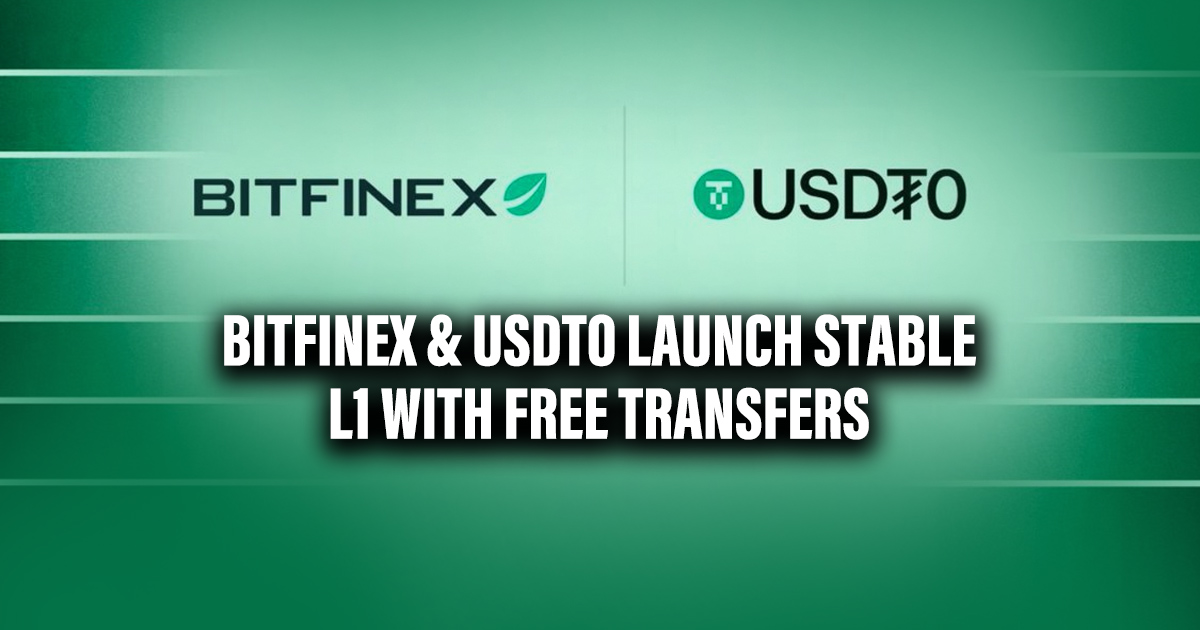
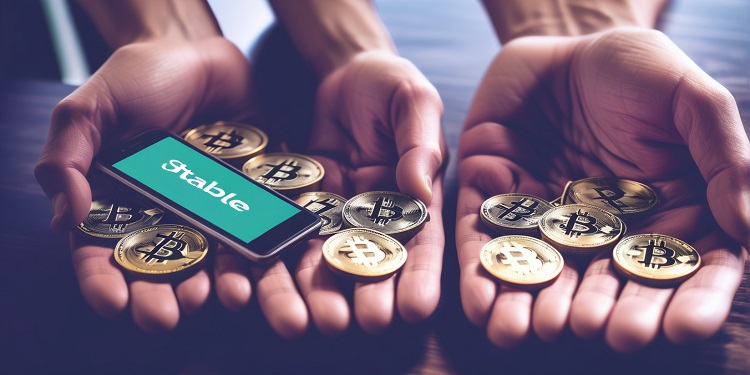
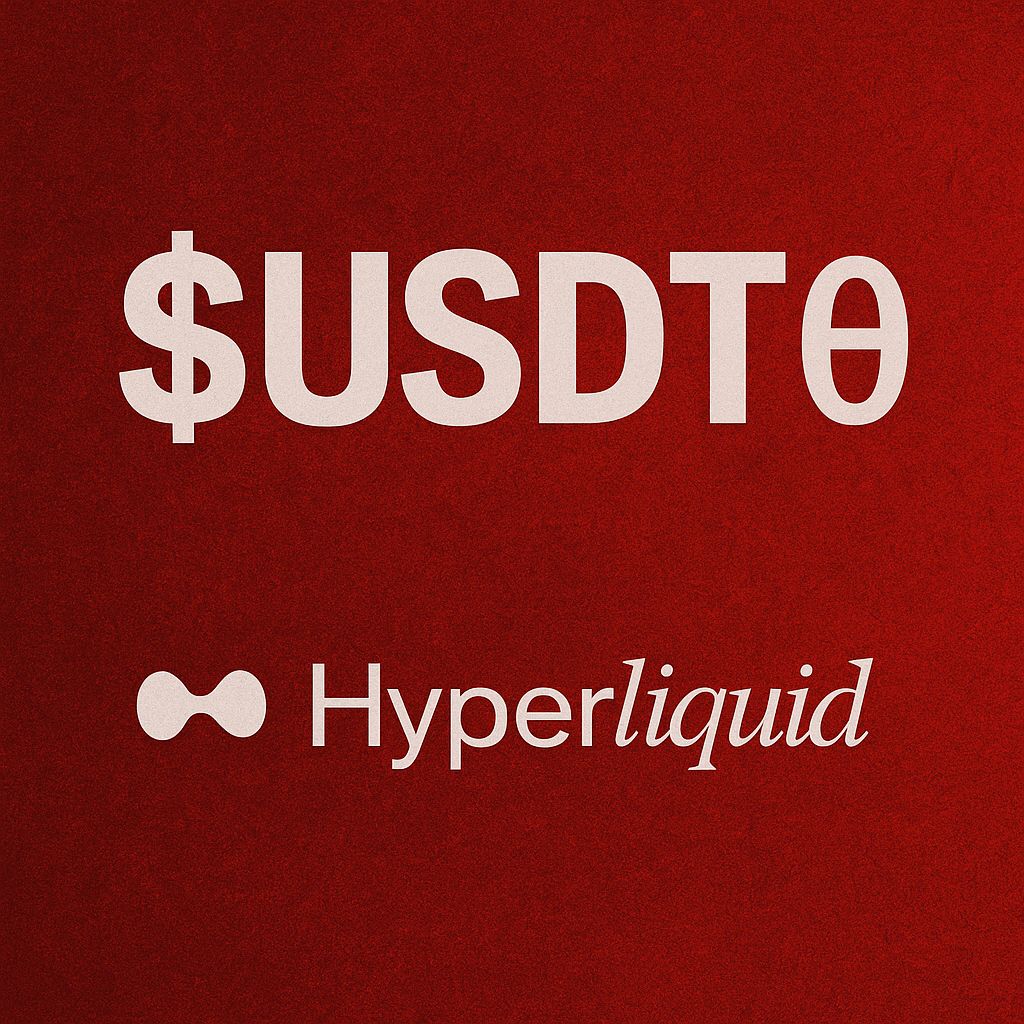
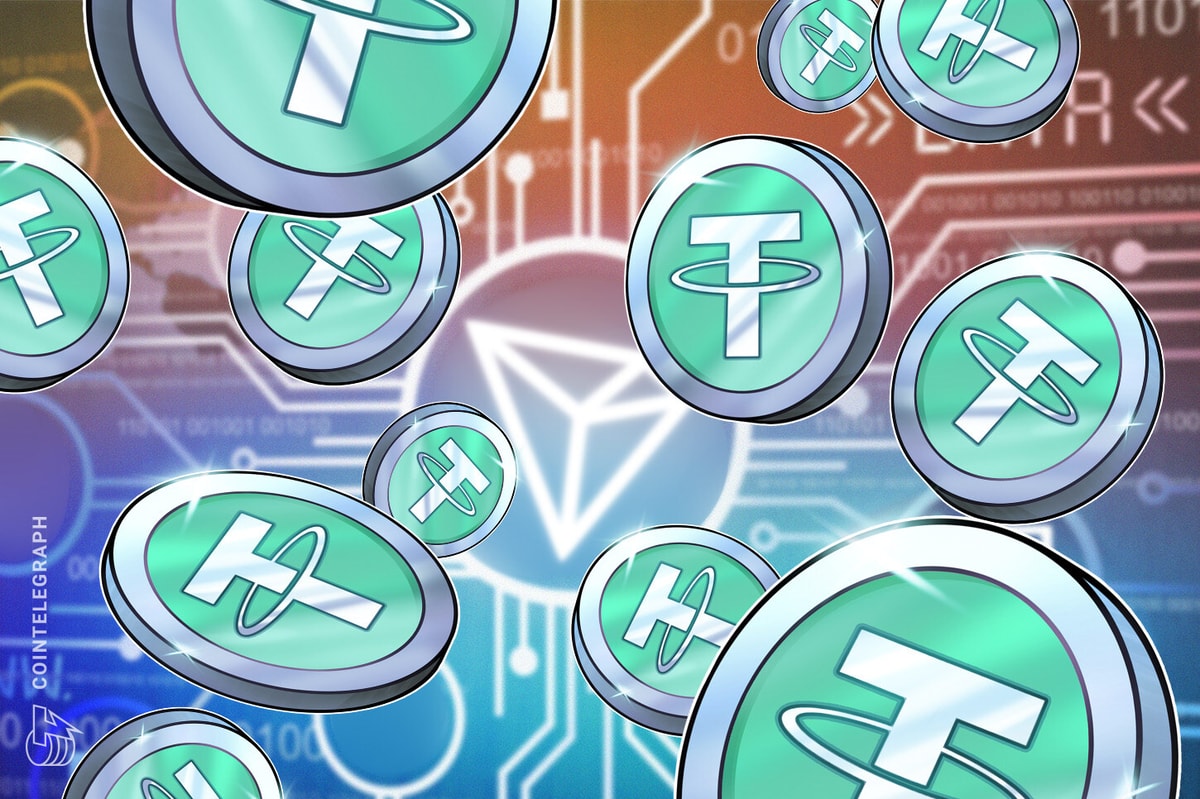
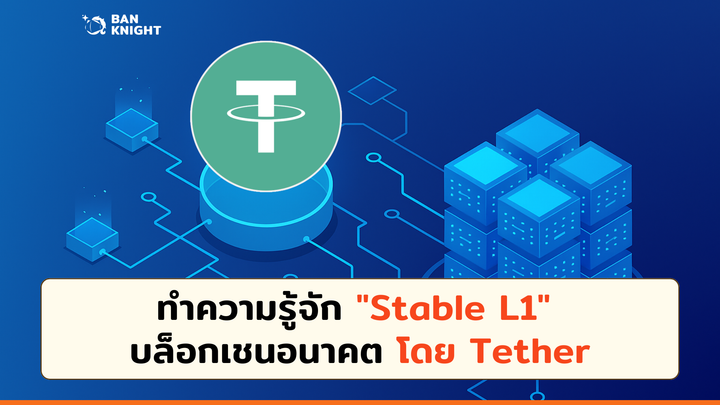

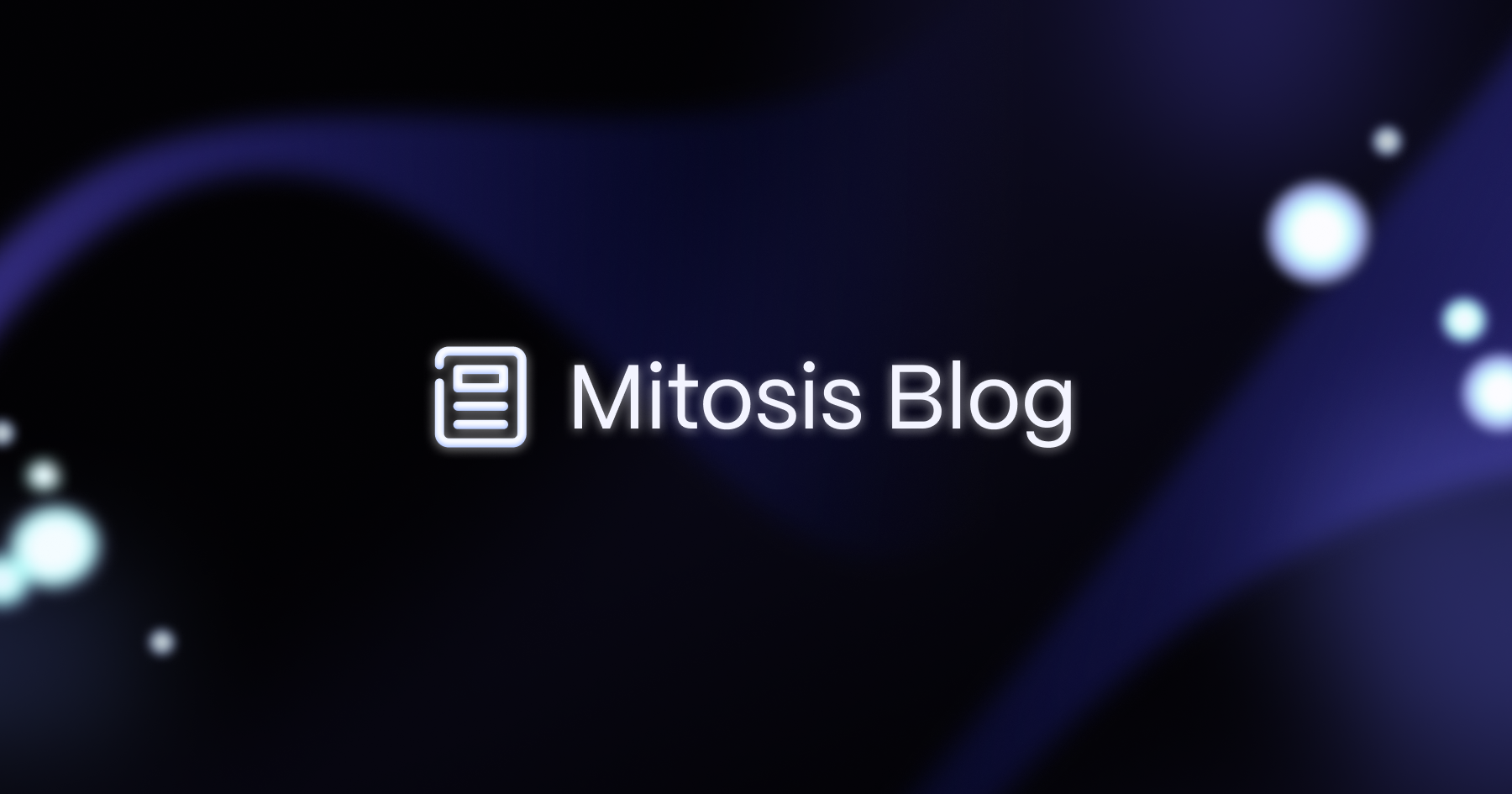

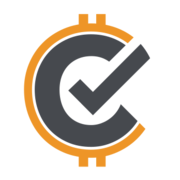





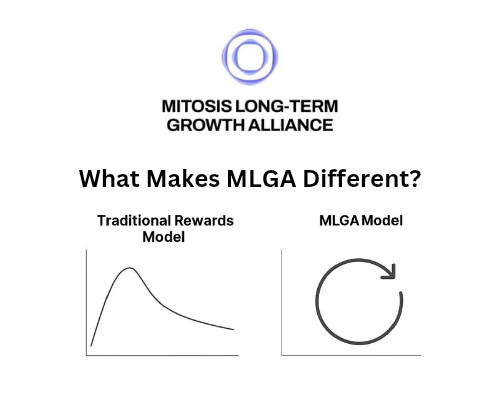
Comments ()